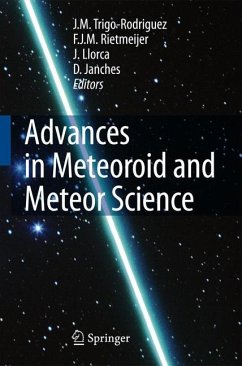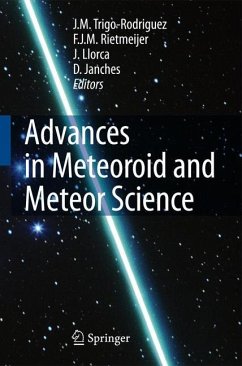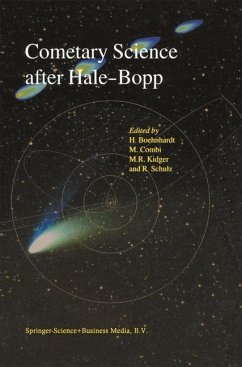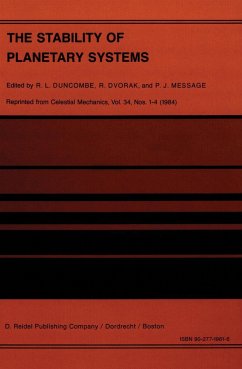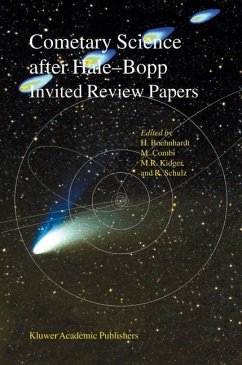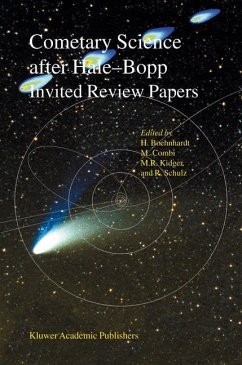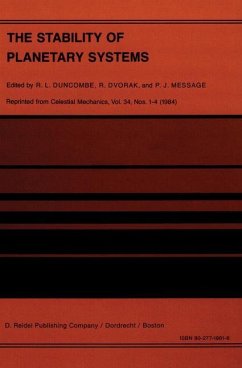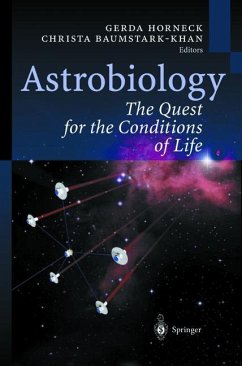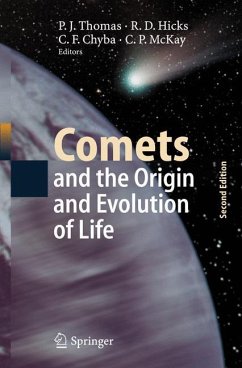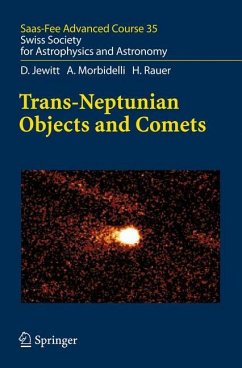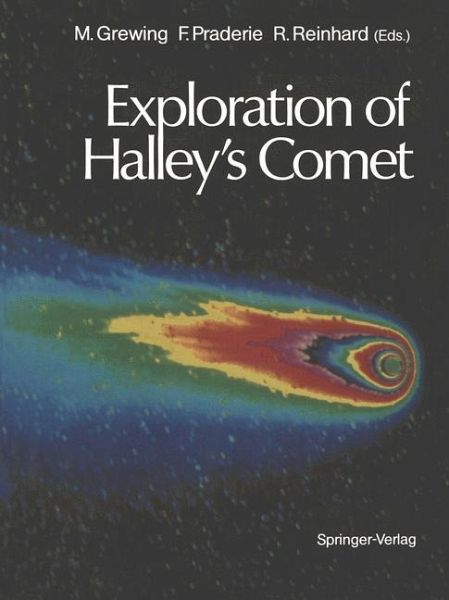
Exploration of Halley's Comet

PAYBACK Punkte
39 °P sammeln!
The 1985/86 apparition of Halley's Comet turned out to be the most important apparition of a comet ever. It provided a worldwide science community with a wealth of exciting new discoveries, the most remarkable of which was undoubtedly the first image of a cometary nucleus. Halley's Comet is the brightest periodic comet, and the most famous of the 750 known comets. With its 76-year period, its recent appearance was truly a "once-in-a-lifetime" observational opportunity. The 1985/86 apparition was the thirtieth consecutive recorded apparition. Five apparitions ago, the English astronomer Edmond ...
The 1985/86 apparition of Halley's Comet turned out to be the most important apparition of a comet ever. It provided a worldwide science community with a wealth of exciting new discoveries, the most remarkable of which was undoubtedly the first image of a cometary nucleus. Halley's Comet is the brightest periodic comet, and the most famous of the 750 known comets. With its 76-year period, its recent appearance was truly a "once-in-a-lifetime" observational opportunity. The 1985/86 apparition was the thirtieth consecutive recorded apparition. Five apparitions ago, the English astronomer Edmond Halley discovered the periodicity of "his" comet and correctly predicted its return in 1758, a triumph for science best appreciated in the context of contemporary views, or rather fears, about comets at that time. The increasingly rapid progress in technological development is very much apparent when one compares the dominant tools for cometary research during Halley's next three apparitions: in 1835 studies were made based on drawings ofthe comet; in 1910 photographic plates were used; while in March 1986 an armada of six spacecraft from four space agencies approached the comet and carried out in situ measurements, 1 AU from the Earth. In 1910, nobody could have dreamed that this was possible, and today it is equally difficult to anticipate what scientists will be able to achieve in 2061.



